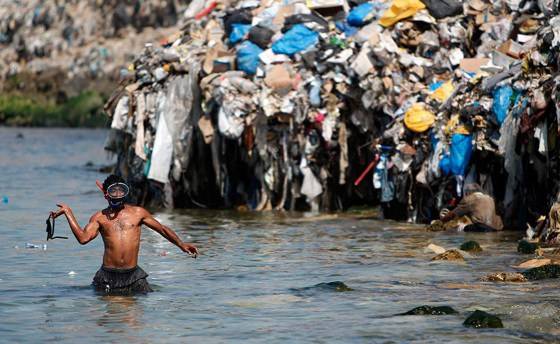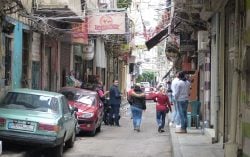Where Exactly Is Our Toxic Waste Going?
As if our trash crisis wasn’t bad enough, we also have to worry about improper disposal of hazardous waste material. There have been several reports that some of it may have ended up on the shores of our beaches.

In search of some answers, I spoke to AUB and AUBMC to find out their process of hazardous waste disposal. According to the Director of the Environmental Health, Safety and Risk Management Department, there are very few institutions in Lebanon that have a full-fledged waste management program for bio-hazardous, chemical, and radioactive waste.
Let this sink in: we don’t have a national infrastructure that is systematic and consistent. The way it works at AUB, and the way that it should happen everywhere, is that the material is segregated, color-coded into bags, and put into containers that are safe. It then goes to a facility where it gets treated, making the hazardous material sterile.
According to AUB and AUBMC, some of that waste is recycled and the rest is removed by the efforts of a subcontracted company.
This process is fairly transparent, as it should be. But we can’t say the same thing for every institution that produces this sort of waste. For example, how do smaller hospitals dispose of their trash? How does Beirut’s Central Hospital dispose of its needles, hazardous chemicals, and expired medication? We could not find any data or transparency on this matter.
Back in 1988, six Lebanese individuals were found guilty of causing an environmental disaster that resulted in the death of many after they dumped 15,800 barrels and 20 containers of toxic waste – they were released a week later!
It goes without saying that the risks of improper disposal of this carcinogenic material are very serious: it can impact the nervous system, liver, hearts, skin, and reproduction.
How many times have you been on the Lebanese shore and almost stepped on a needle?





